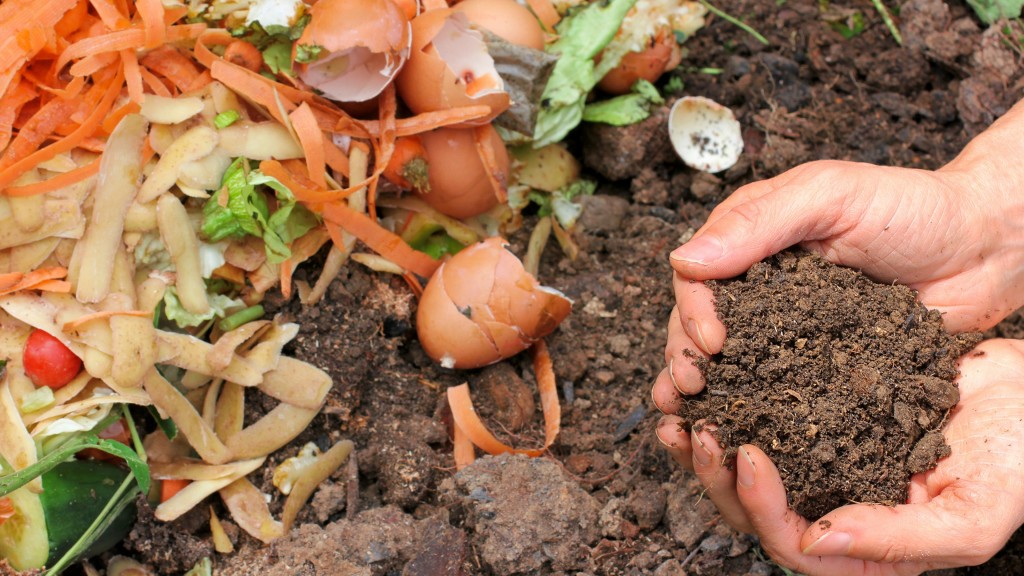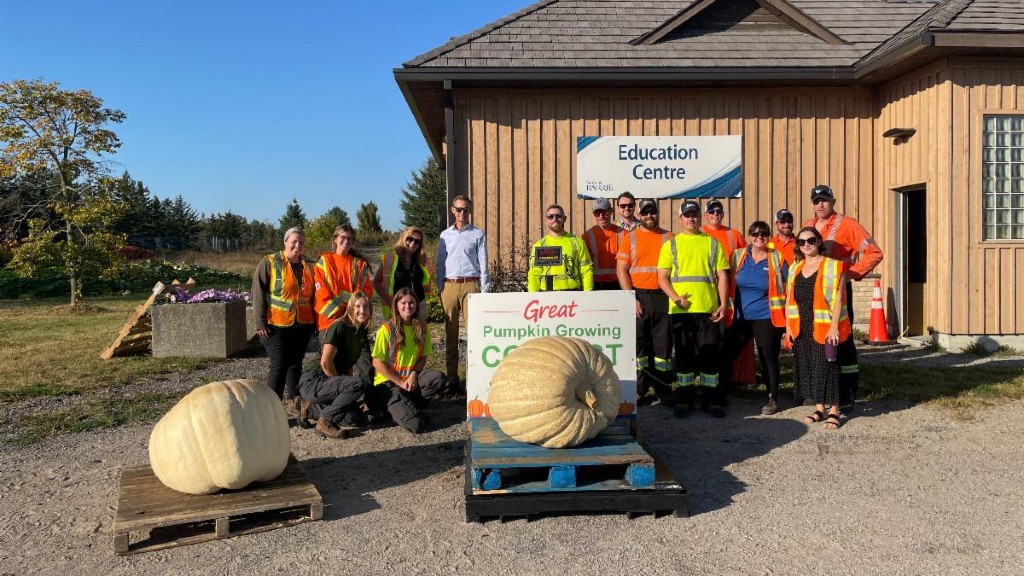
To cut as much climate pollution as taking half a million cars off the road, new California state support will invest $130 million to help communities turn food and yard waste into clean energy and compost.
California Climate Investments' Organics Grant Program awards will accelerate the state's climate progress by keeping 7.7 million tons of organic waste from emitting methane climate pollution in landfills. Methane is a climate superpollutant with 84 times more heat-trapping power than carbon dioxide.
"California's latest investments in food and yard waste recycling will cut planet-heating pollution and grow California companies with new green jobs in our communities," CalRecycle Director Rachel Machi Wagoner said. "Organic waste recycling is part of California's climate fight as we move toward circular, local systems that continuously recycle what we used to throw away."
Project highlights
- $130 million to 23 infrastructure projects in 15 counties
- Over 7.7 million tons of food and yard waste kept out of landfills
- Climate pollution cuts equals over 480,000 cars off the road
- 114 new jobs for California's clean economy
The funded projects will recycle organic material into new products like:
- Compost – a superfood for soil to retain more water, and help plants get more nutrients, use less pesticides, and pull more planet-heating carbon from the air.
- Biofuel – to fuel local bus or service truck fleets with less carbon pollution, or for clean energy to power buildings.
SB 1383 climate progress update
- California's organics recycling and unsold food recovery law (SB 1383) took effect in 2022 to cut methane emissions from organic waste rotting in landfills.
- 75 percent of communities now report residential organics collection programs.
- Nearly 100 percent reported expanding commercial organics collection programs.
- Landfill data shows organics disposal dropped by 2 million tons from 2014 to 2021, even before SB 1383 took effect in 2022.
- CalRecycle's next study on how much organics went to landfills is planned for 2024 and will be published in 2025.



